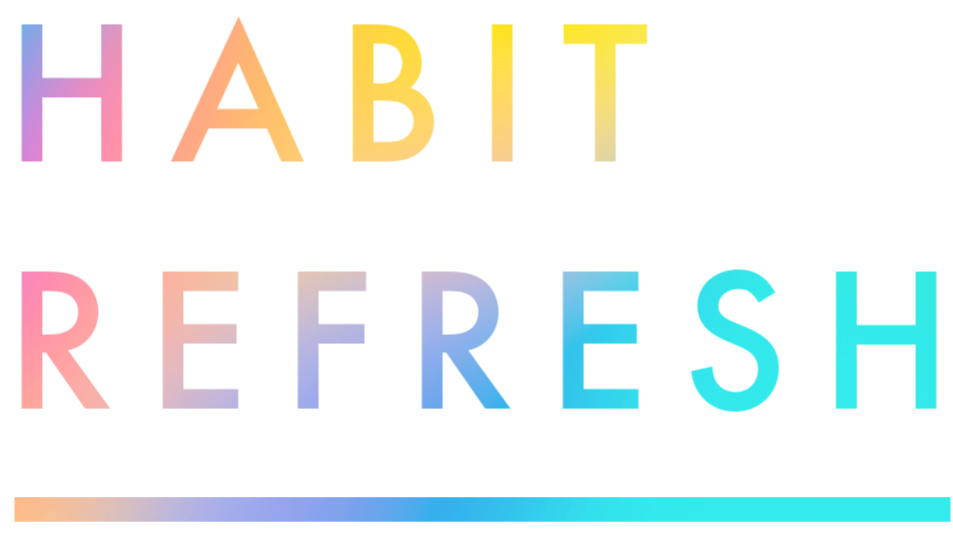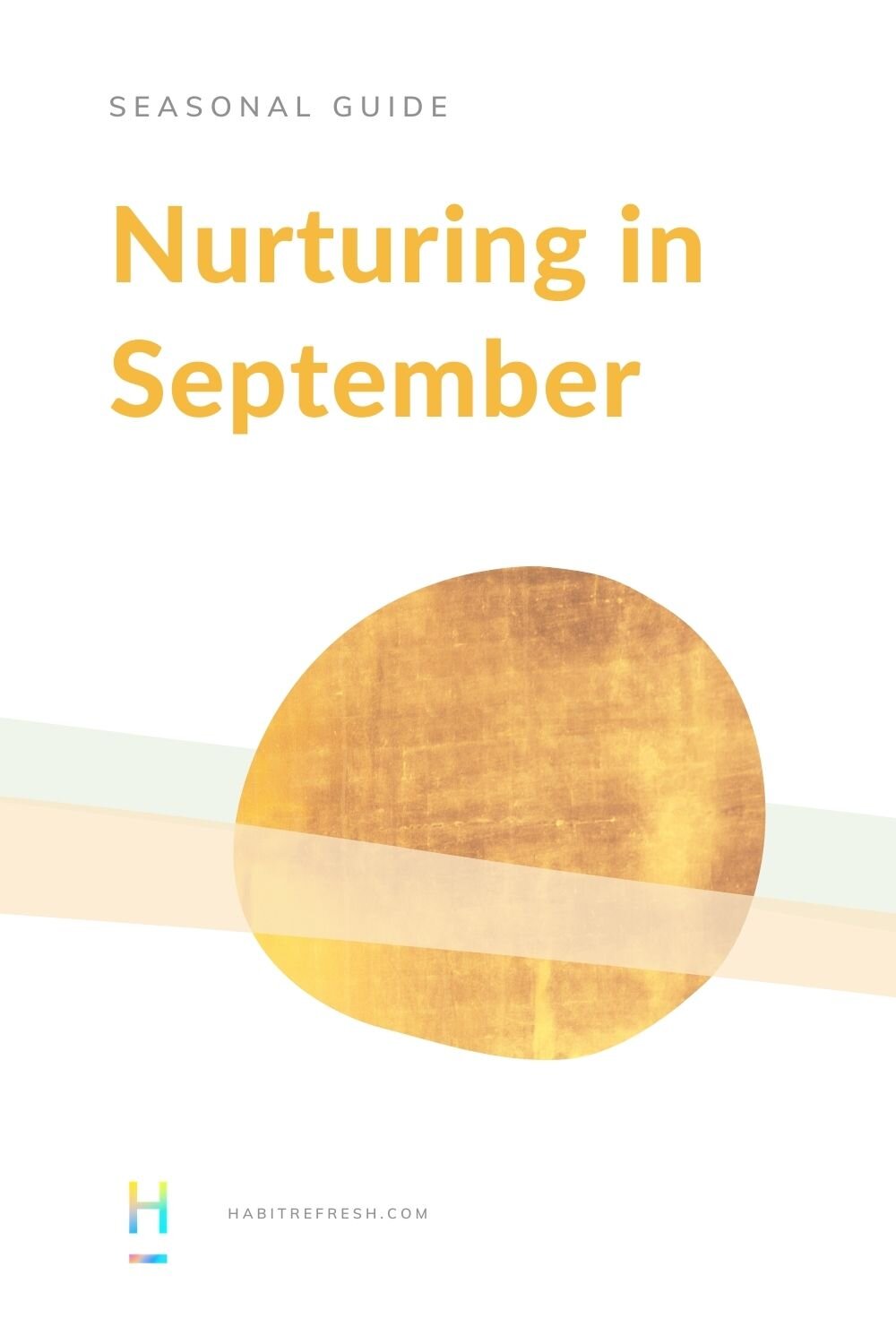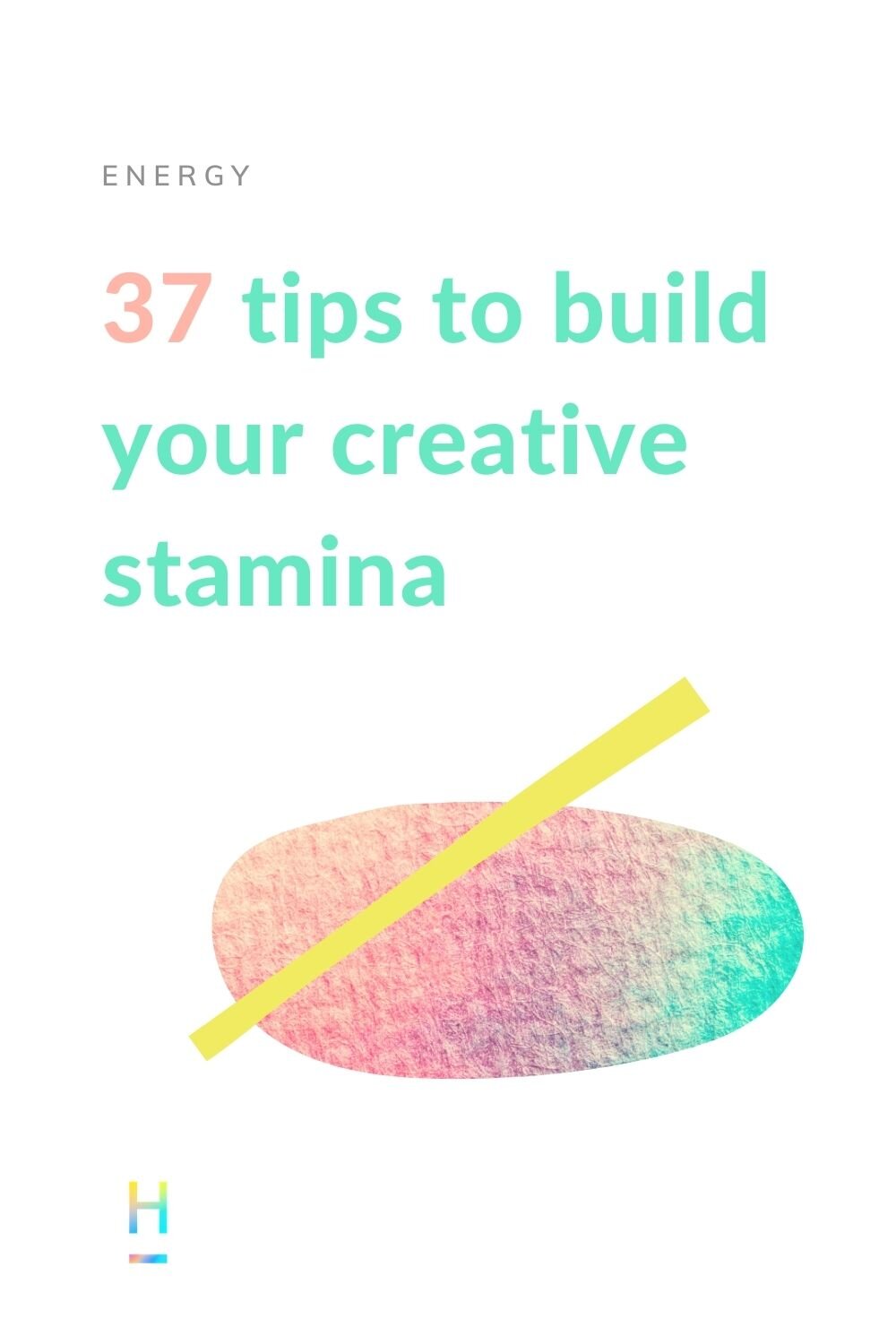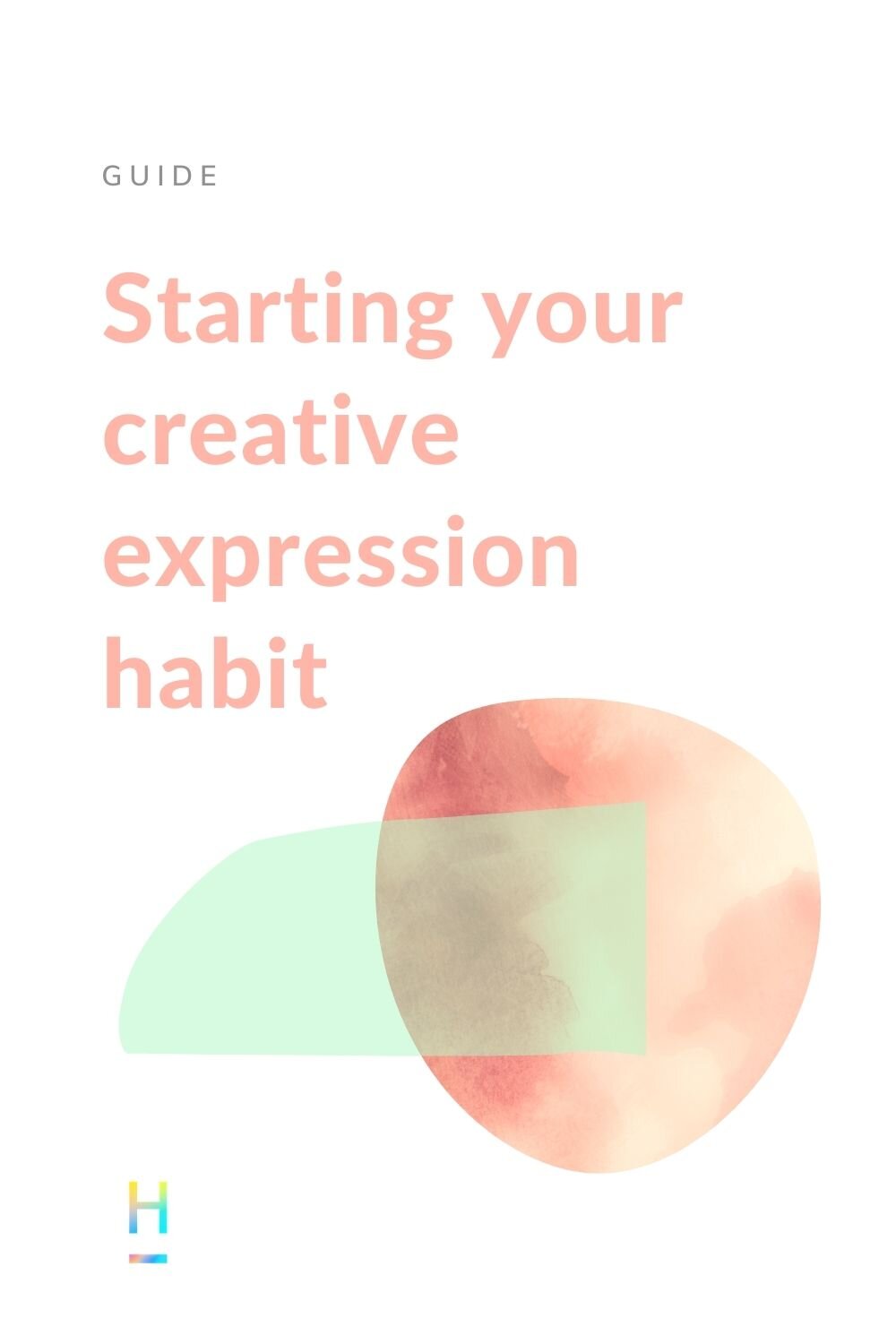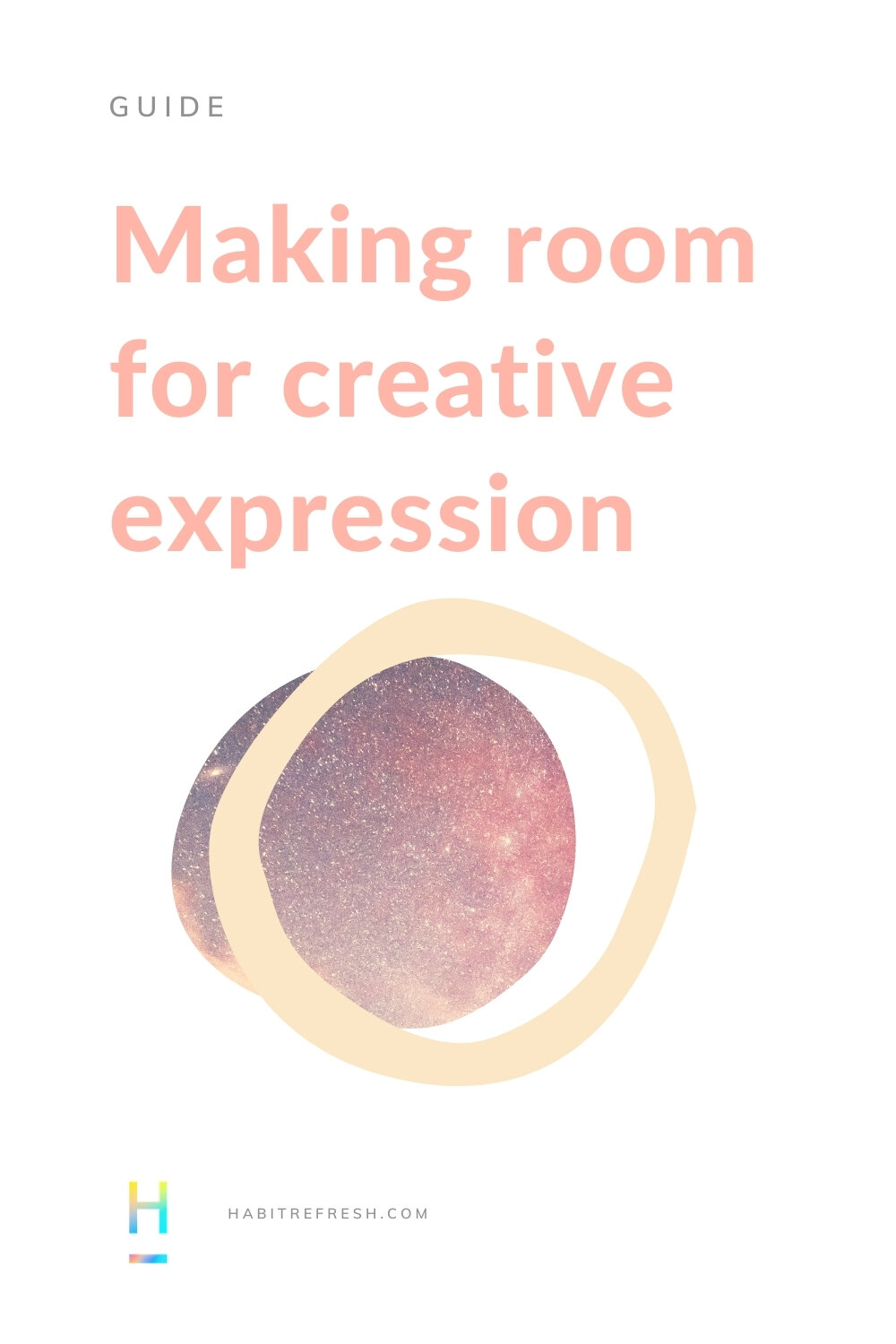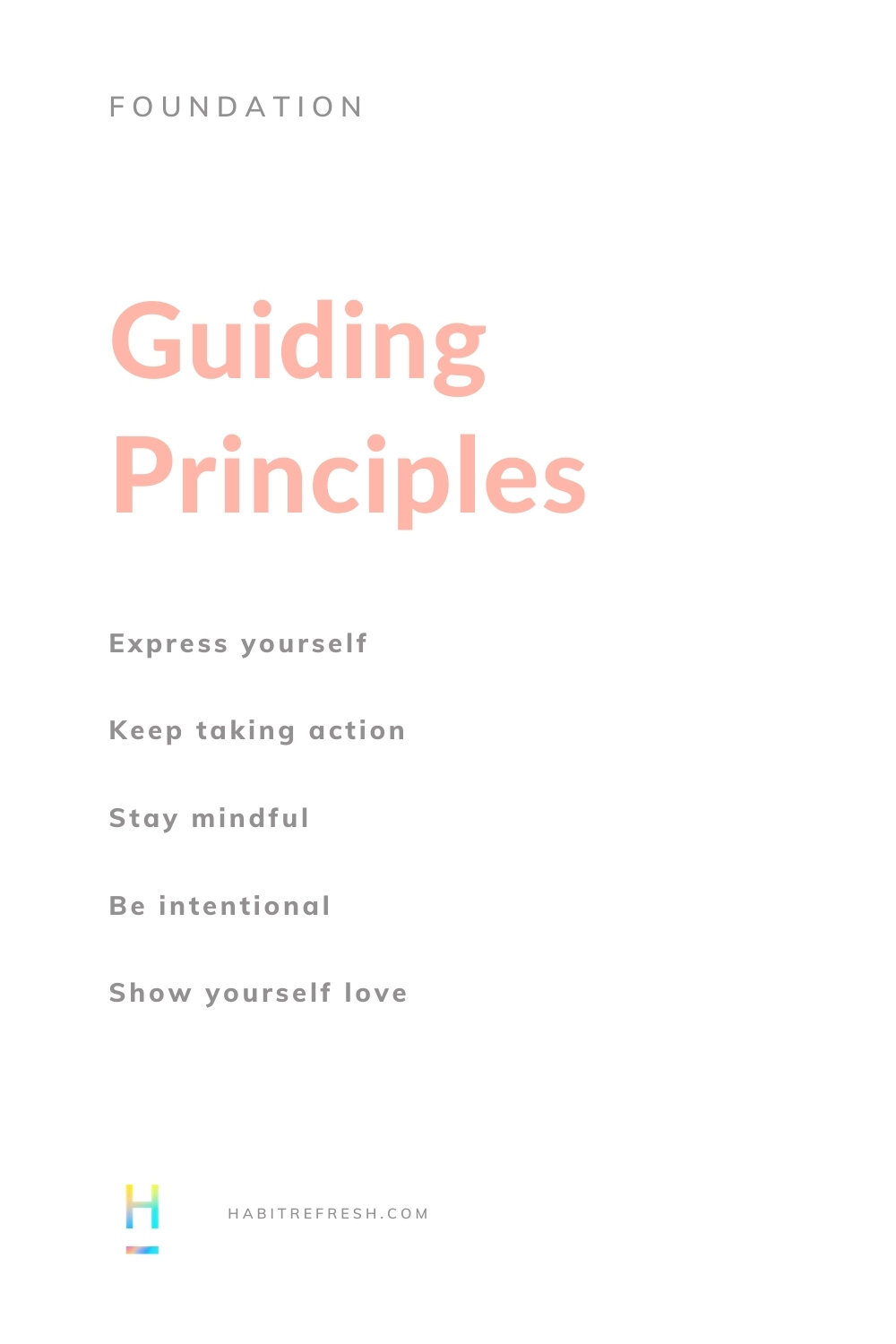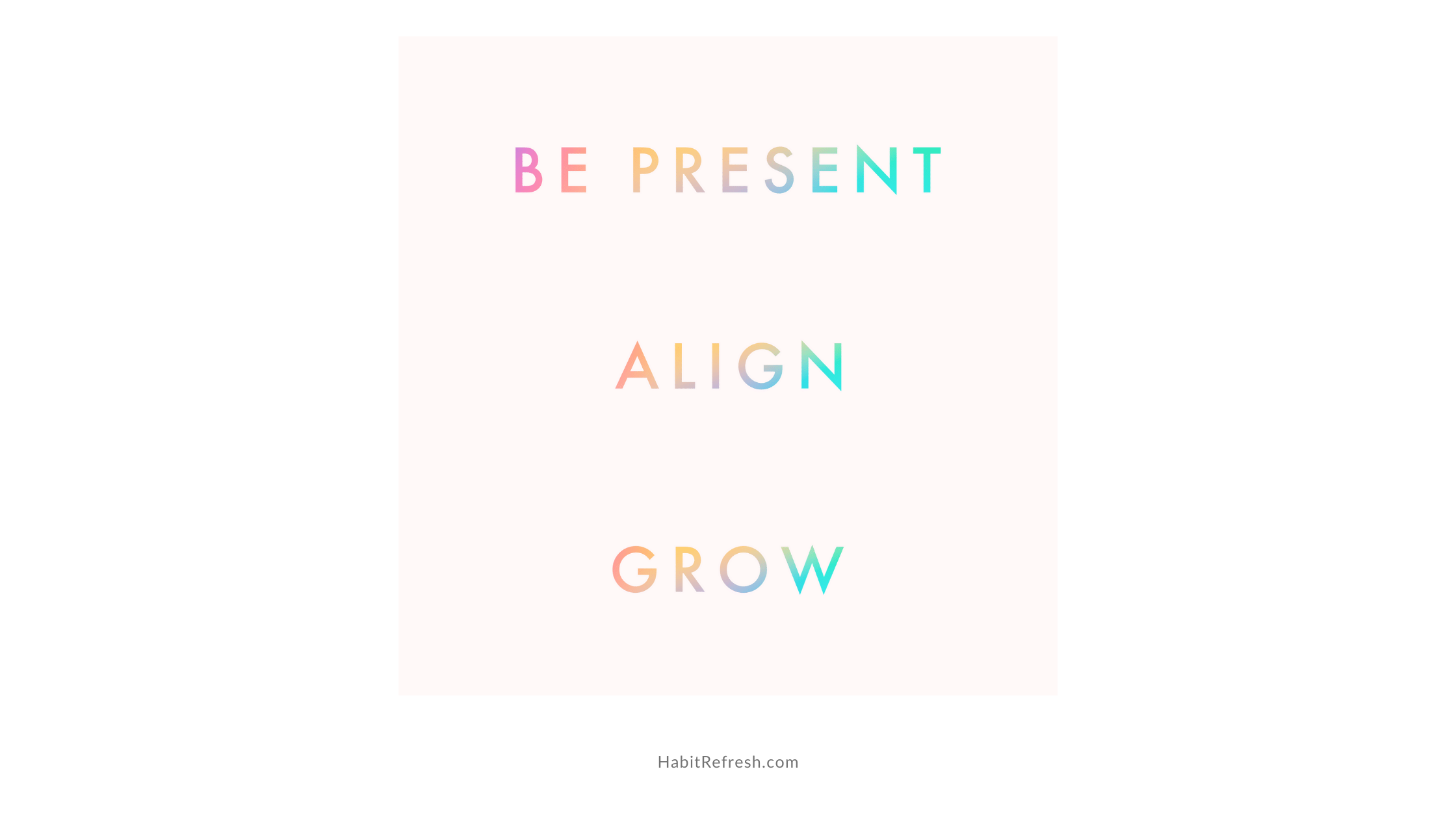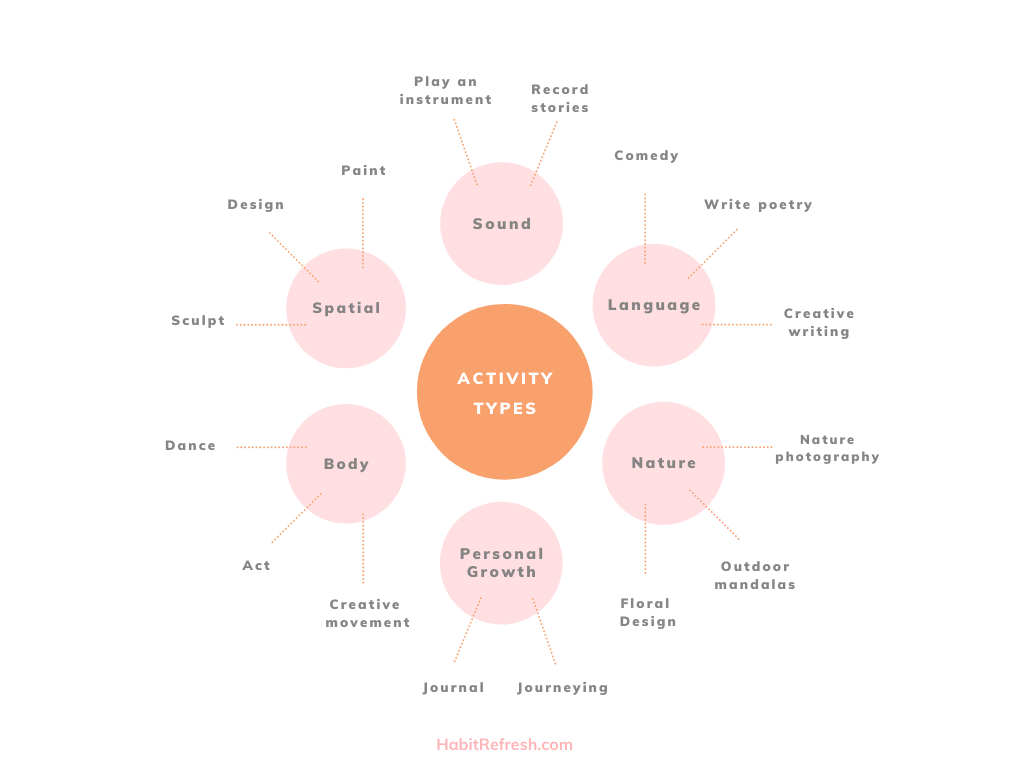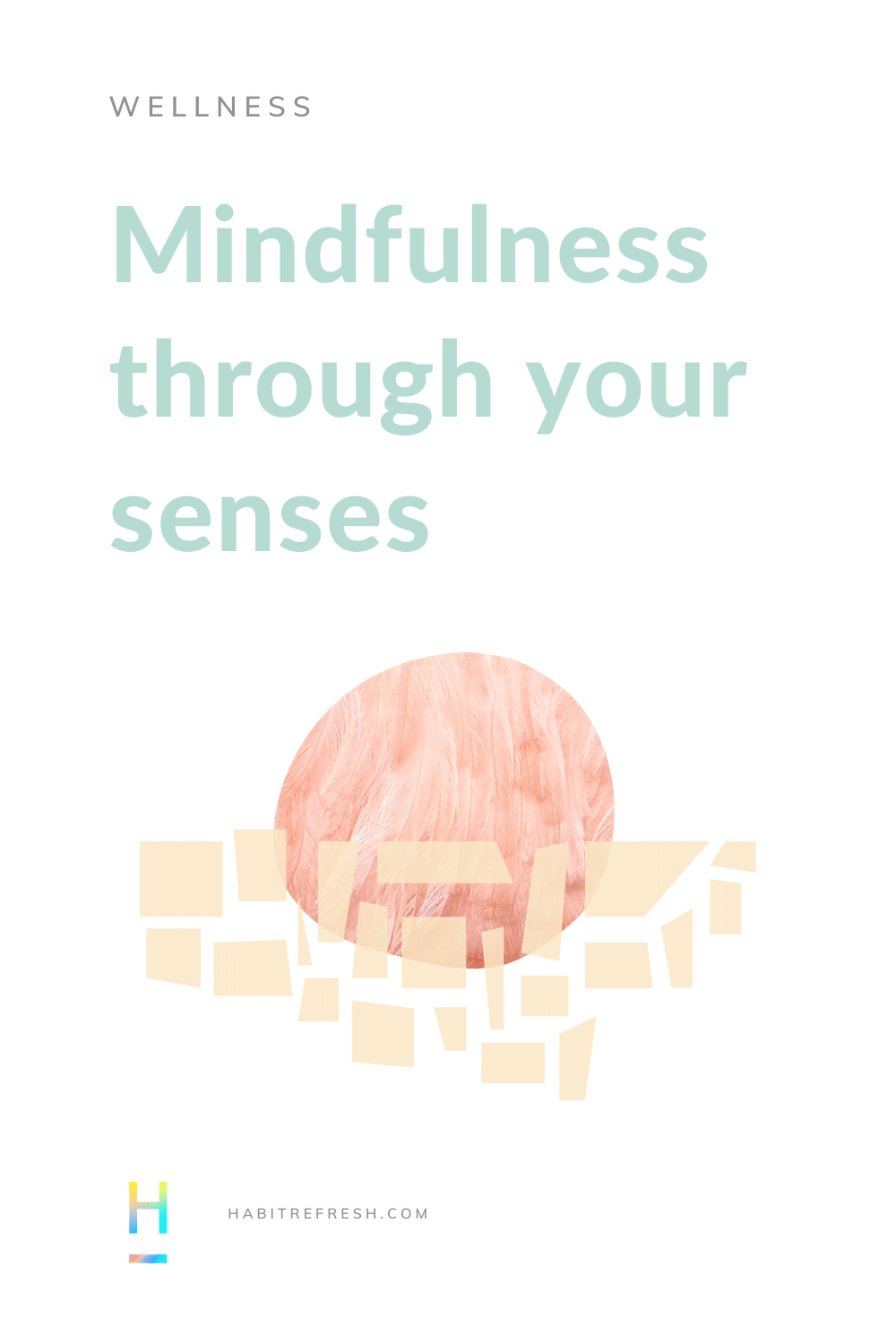How do I choose what I want to do?
Perhaps take a walk down nostalgia lane. Think back to things you’ve enjoyed expressing yourself in the past. Make a list of your favorite activities. Or consider something you’ve seen other people do that you’ve dreamed of doing someday.
It can also be helpful to consider what type of activities you enjoy in general and expand from there. For example, do you find yourself drawn to nature? What are some creative activities you can do there? Some ideas might include writing poetry about your favorite places in nature, artmaking with materials found outside, or using foraged plants in your cooking creations.
You can also download my Explore worksheet here to help you through the process.
Should I wait to start until I’ve collected all the proper supplies?
Nope. Use what you already have, and feel free to create a beautiful, tantalizing collection of supplies in the meantime, but not during your practice time. Consumerism/capitalism will rear its head throughout your process simply because that’s our culture today. Use it as a signal that it’s time to go back to basics or even explore new avenues.
Limit your supplies, especially when you’re beginning. It might feel counterintuitive, but in reality, simplicity shows taste and initiative. Bonus, it can free your mind to explore within your self-imposed limitations. Being resourceful is one of the most valuable lessons this practice can teach.
How much time should I expect to spend?
Fifteen minutes is a sweet spot that is both long and short enough to feel meaningful for the average person. But you aren’t ordinary, so find what works for you. Feel free to start with a single moment and build up from there.
Creative energy isn't restricted by time or space. The most important thing is to shift into an expansive mindset, and you can do that in a second through stillness and visualizing spaciousness.
What are some ways I can make time in my schedule? I’m already swamped and can’t imagine fitting one more thing into my calendar.
Our culture tells us busy is best, and that often leaves us with no time to take care of ourselves. It’s very good at convincing us that everything and everyone else is much more important than you. The antidote to a crazy culture? Developing a healthy mindset.
You can start with just a 1-minute habit. In the meantime, focus on building supportive routines. Reduce your time spent on other non-supportive activities when you can. Some simple tweaks I’ve found to be helpful include :
Cooking time - only use 10-15 minute recipes or batch cook
Errand time - keep running around limited to 1 day per week
Screen time - wifi off at 10 pm
Are there ways you can reduce or eliminate the time you spend doing any of these activities? Untouchable: sacred sleep time, make sure you’re getting more than you think you need.
How will I stay motivated?
Check-in with yourself often, with a more significant review each quarter or so. Make sure your values are front and center in your creative time. And remember, waning motivation can be a symptom of growth. Checking-in can help you adjust your practice and prevent advancing to burnout. If you have already reached burnout, know it often means your habit is merely off track. Pause, reflect and rebuild.
Your practice is flexible, and it will stick with you even as you change. Pivot it daily if that is what your intuition is telling you. The main thing is to begin your journey.
As you tune in more deeply to your insides, you will likely notice positive changes that reach much farther than your creative habit. Exhausted? Check out my post on finding the energy to create.
How can I get my housemates on board?
Start without getting permission. Then share your enthusiasm and encourage their creative expression too. We are all born worthy of emotion; sometimes, your partner/roommates may also need confirmation that their feelings are valuable too.
How do I set up my space to create?
Start with little, then add slowly. Make it a place you want to return. Fill it with love, even if it's just a backpack filled with your notebook and pens—tuck little reminders of what’s important to you in every corner.
For example, I have realizations taped to my wall as reminders for moments my process becomes challenging. Experiment, find what works for you. Keep your most-used supplies ready for action by making them easily accessible.
